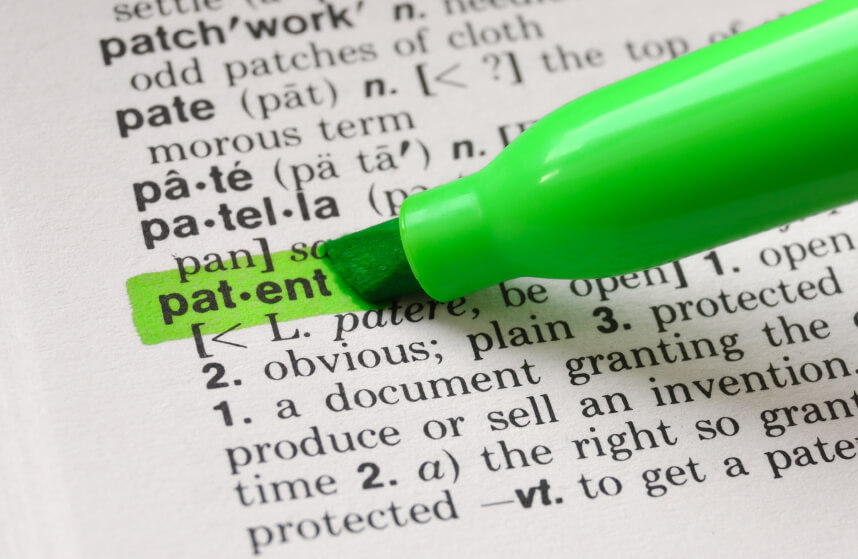 Patent applicants should be meticulous in defining the scope of their applications. Patent examiners are vigilant in ensuring that such scope does not threaten prior art. Applicants should therefore ensure that the original application gives the widest legitimate scope to a patent claim.
Patent applicants should be meticulous in defining the scope of their applications. Patent examiners are vigilant in ensuring that such scope does not threaten prior art. Applicants should therefore ensure that the original application gives the widest legitimate scope to a patent claim.
If an applicant makes any subsequent application to narrow the scope of the original claim merely to satisfy a requirement of the Patent Act, 1970, or to meet an objection of prior art, he/she may be estopped from proceeding. There is a presumption that any application to narrow the scope of the claim merely to ensure patent eligibility reduces the scope of the original claim. The applicant must therefore give valid reasons for narrowing the scope of the application, otherwise it will be presumed that he/she is making the application merely to ensure that a patent is granted and he/she will be estopped.
Curing drafting errors after patent grant: After a patent is granted there is little scope for curing defects. Courts will not interpret a patent in such a way as to cure errors in the drafting of the claims. If such interpretations were to be allowed they would hinder the ability of competitors to understand the scope of the claimed invention. The patentee cannot continue to change the scope of his claims merely to rectify drafting errors.Disclosure dedication rule: Where an applicant discloses but does not claim subject matter, or surrenders it during the application, it remains in the public domain. Under the doctrine of disclosure dedication the drafter is expected to draft claims that include readily known equivalents or disclosed alternatives. The function of patent claims is to alert competitors to the coverage of the claimed invention.
Correction of obvious errors: The applicant or patentee can apply to the Controller of Patents (controller) to correct or amend claims during the application for, or after, the grant of a patent. The act, however, does not allow the controller to make any order while any case alleging patent infringement or applying for the revocation of a patent is before a court. Amendment to the claims is restricted to the purpose for which it is required. Section 59 of the act provides that amendment by way of disclaimer, correction or explanation may be allowed if it is limited to actual facts. However, no amendment of a complete specification is permitted if the effect would be that the amended specification would claim or describe anything not disclosed before, or shown, in the specification before the amendment, or that any claim of the specification as amended is outside the scope of the claim before the amendment.
Controller as custodian of public interest: Common law allows the applicant to seek only such amendments that do not enlarge the subject matter or ambit of the claims. As the custodian of public interest, the controller is required to be vigilant in examining amendment applications, whether during the original application or after the grant of the patent. Where amendments are substantial the controller should gazette such amendments and allow objections to be made. The controller can allow obvious or clerical errors on the face of the record revealed during the original application without inviting objections. However, any request for such amendment after the grant of patent must be published to allow third-party objections, and the controller should make its decision only after hearing all parties.
In view of the approach taken by the patent examiner, it is strongly recommended not to draft the application to amend and narrow the scope of the original claim just to get a patent. The infringement proceedings are civil in nature, and the judge must apply common law in analyzing and interpreting claims of infringement The impact of any drafting error on infringement analysis can be profound. An expert opinion may have to be sought on whether or not to surrender the subject matter previously considered essential. Direct infringement and infringement under the doctrine of equivalents must be considered. An objective standard determines what has been given up by the patentee during drafting and after amendments have been made during the application, and it is based on what can reasonably be concluded from the history of the application.
It is therefore essential to take the process of application seriously, and the applicant must seek expert advice before he surrenders subject matter by making amendments. Such a drafting error may be fatal, and it will not be possible to cure it later by applying to amend after the patent has been granted.
The risk of giving ground in patent applications by DPS Parmar
– Patent applicants should be meticulous in defining the scope of their applications. Patent examiners are vigilant in ensuring that such scope does not threaten prior art. Applicants should therefore ensure that the original application gives the widest legitimate scope to a patent claim https://www.vantageasia.com/
Article was 1st published in India Business Law Journal



